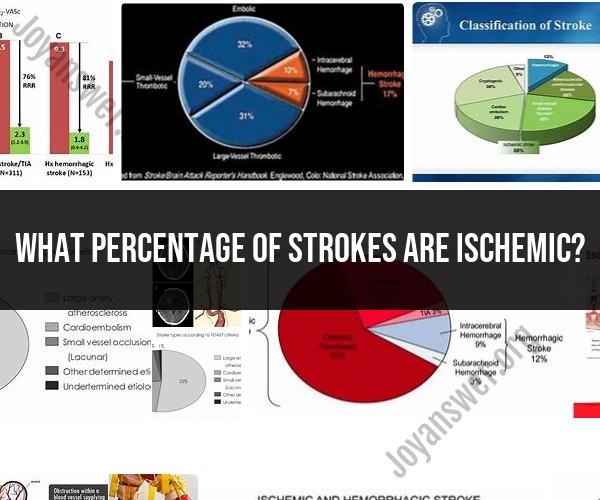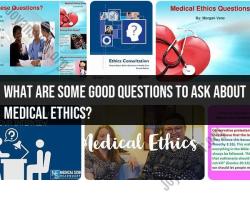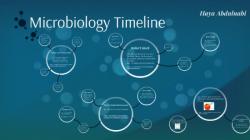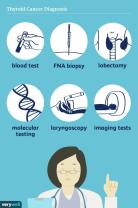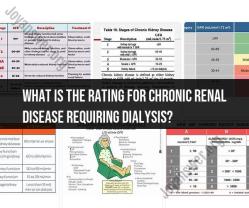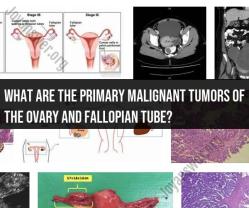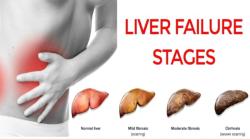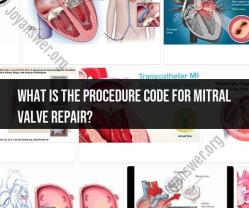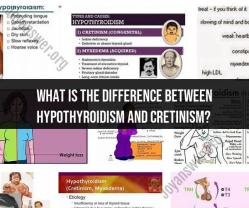What percentage of strokes are ischemic?
Approximately 87% of all strokes are ischemic strokes. Ischemic strokes occur when there is a blockage or clot within a blood vessel supplying blood to the brain, leading to a reduction or complete cessation of blood flow to a specific area of the brain. These blockages can occur within the brain's blood vessels (thrombotic strokes) or result from a clot that travels from elsewhere in the body to the brain (embolic strokes).
Hemorrhagic strokes, on the other hand, account for the remaining 13% of stroke cases. Hemorrhagic strokes occur when a blood vessel in the brain ruptures, causing bleeding into or around the brain.
Ischemic strokes are more common than hemorrhagic strokes and typically result from factors like atherosclerosis (narrowing of arteries due to plaque buildup), blood clots, or other vascular conditions. Prompt medical intervention is crucial in treating ischemic strokes to restore blood flow to the affected area of the brain and minimize potential brain damage.
Ischemic strokes are the most common type of stroke, accounting for about 85% of all strokes. They occur when a blood clot blocks an artery that supplies blood to the brain. This blockage can be caused by a variety of factors, including:
- Atherosclerosis: This is a condition in which plaque builds up in the arteries, narrowing them and making them more likely to clot.
- Heart disease: A blood clot that forms in the heart can break off and travel to the brain, causing a stroke.
- Blood clotting disorders: Some people have blood clotting disorders that make them more likely to develop blood clots.
- Carotid artery disease: This is a condition in which the carotid arteries, which supply blood to the brain, become narrowed or blocked.
- Smoking: Smoking increases the risk of atherosclerosis and other conditions that can lead to ischemic strokes.
Ischemic strokes can cause a variety of symptoms, including:
- Sudden weakness or numbness on one side of the body
- Sudden difficulty speaking or understanding speech
- Sudden trouble seeing in one or both eyes
- Sudden dizziness, imbalance, or trouble walking
- Sudden confusion or trouble thinking clearly
- Sudden severe headache with no known cause
If you experience any of these symptoms, it is important to seek medical attention immediately. Early treatment can help to reduce the damage caused by the stroke.
There are a number of things that can be done to reduce the risk of ischemic strokes, including:
- Controlling blood pressure
- Controlling cholesterol levels
- Quitting smoking
- Eating a healthy diet
- Exercising regularly
- Taking medications to prevent blood clots
If you have a history of ischemic strokes, it is important to work with your doctor to develop a plan to reduce your risk of future strokes.
